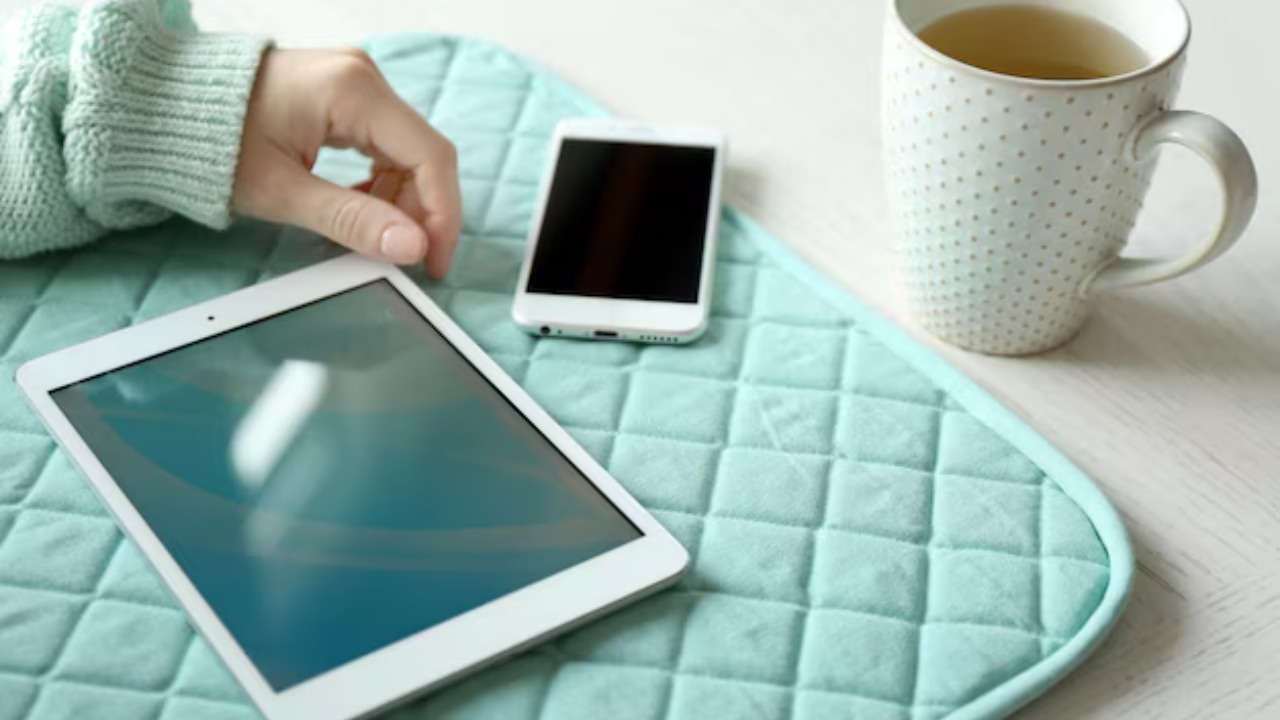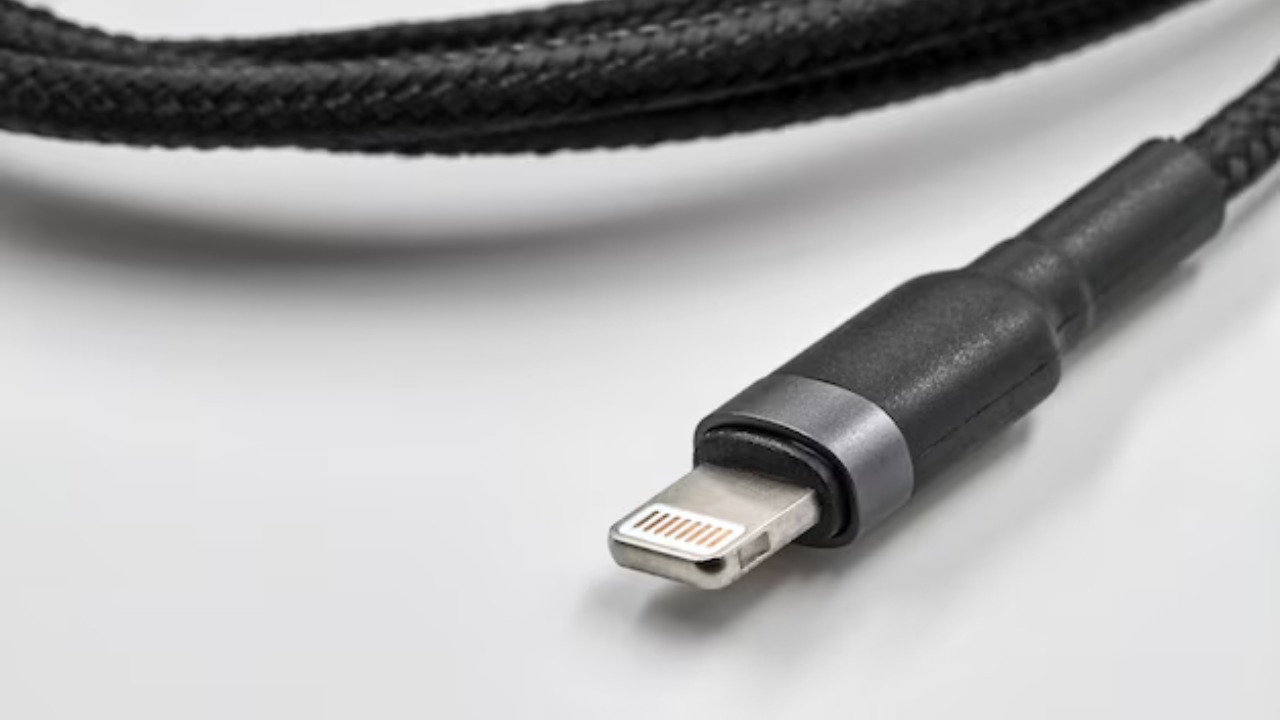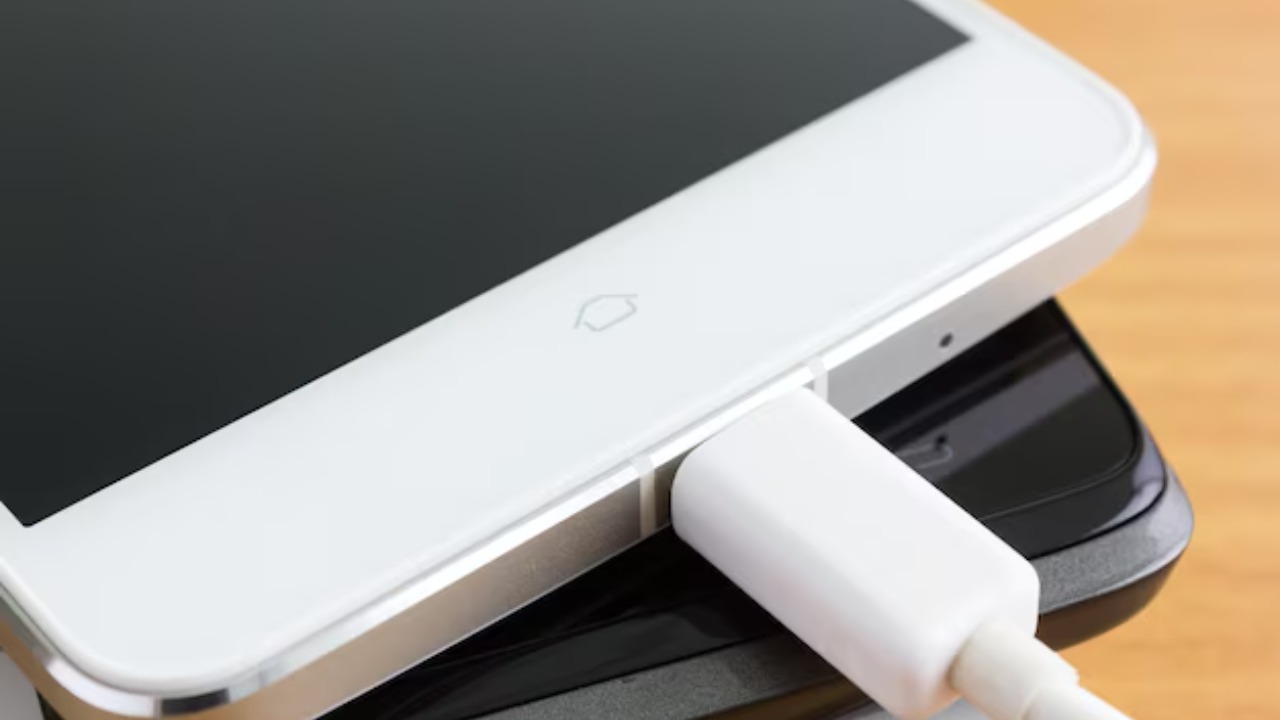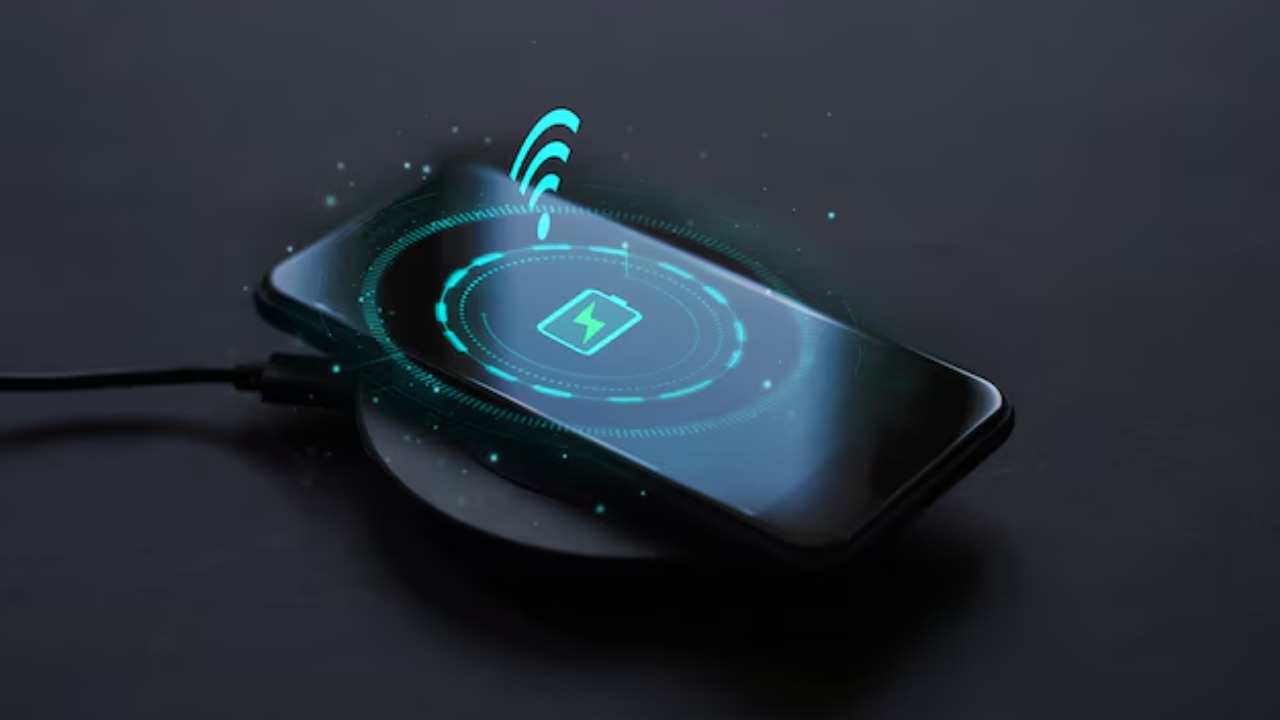
Did you know you can use your iPad to charge your iPhone? This handy feature can be a lifesaver when you’re on the go and don’t have access to a power outlet. Let’s explore the steps to make this happen and discuss the technology that makes it possible.
Understanding the Technology Behind It

Reverse charging, also known as two-way charging, is a feature that allows a device to act as a power source for another device. This is possible through the use of USB-C ports, which are integrated into newer Apple devices. Although the iPad and iPhone traditionally use different ports—Lightning for iPhones and USB-C for iPads—recent iterations have improved interoperability, making reverse charging feasible.
Apple’s Lightning and USB-C ports are designed to support fast data transfer and charging. However, not all combinations of devices and cables will support reverse charging. It’s essential to check the compatibility of your specific iPhone and iPad models before attempting to charge one with the other. Keep in mind that reverse charging may not be as efficient as conventional methods, and there are limitations regarding charging speed and battery capacity.
Step-by-Step Guide to Charging Your iPhone with an iPad

To start, you’ll need the right equipment: a USB-C to Lightning cable or a USB-C to USB-C cable with a Lightning adapter. Once you have the necessary cables, connect the USB-C end to your iPad and the Lightning end to your iPhone. If your iPhone begins charging, you’re all set! If not, try restarting both devices and ensuring they are both updated to the latest software version.
If your devices don’t connect properly, check that your cables are in good condition and compatible with both devices. In some cases, using a third-party cable can cause issues. It’s also worth consulting Apple’s support page for further troubleshooting steps. Keep in mind that this charging method, while convenient, isn’t always the fastest, so patience might be required.
Advantages of Using an iPad to Charge Your iPhone

One of the most significant advantages of using an iPad to charge your iPhone is convenience. When traveling, you might not always have access to a power outlet, making this feature a lifesaver. The portability of an iPad, coupled with its larger battery capacity compared to an iPhone, can provide a handy power boost when needed.
While traditional charging methods are typically faster, the efficiency of reverse charging can still be adequate for emergency situations. For instance, if you’re stuck during a long commute or caught in a power outage, having the option to use your iPad to charge your iPhone can be incredibly useful. It’s an excellent backup plan for those unpredictable scenarios.
Potential Drawbacks and Alternatives

Despite its benefits, using an iPad to charge an iPhone can have drawbacks. The primary concern is the impact on your iPad’s battery life. Regularly using your iPad as a charging device may lead to faster battery depletion, reducing the overall lifespan of your iPad’s battery. Additionally, not all iPad models support reverse charging, so it’s crucial to verify compatibility beforehand.
If reverse charging isn’t ideal for your needs, there are alternative portable charging methods available. External battery packs and portable power banks are popular options for iPhone users on the go. These devices can offer more reliable power without the potential downsides of reverse charging.
The Future of Device Charging

The technology behind device charging is continuously evolving, with innovations in wireless charging leading the way. Apple and other companies are investing in research to improve charging speeds and device interoperability. The next generation of iPads and iPhones might include even more advanced features that enhance user convenience and efficiency.
Consumer feedback plays a crucial role in shaping future device features and functionalities. As users demand more seamless and efficient charging solutions, manufacturers are likely to prioritize these aspects in their development pipelines. The future of device charging looks promising, with exciting possibilities on the horizon.